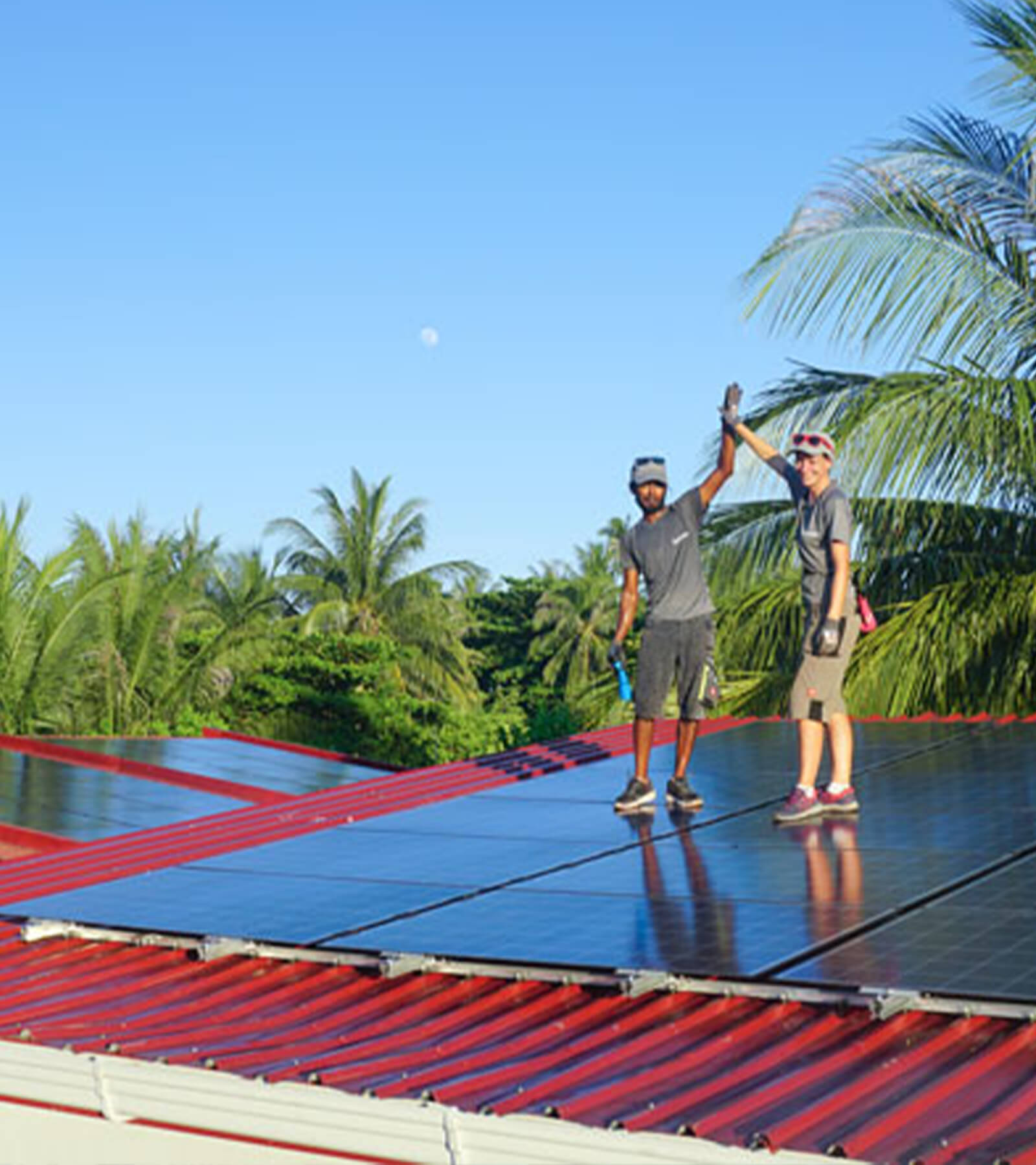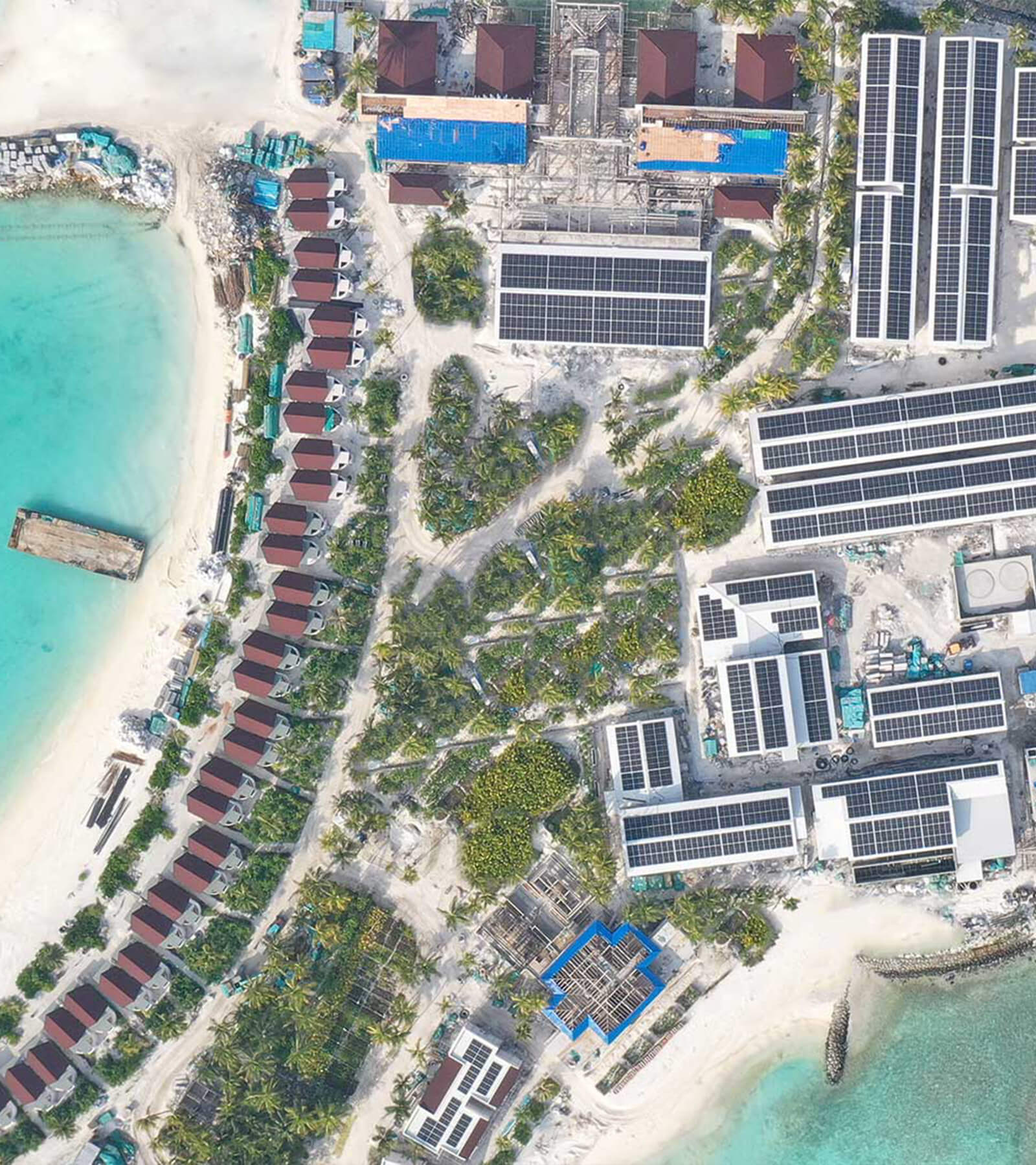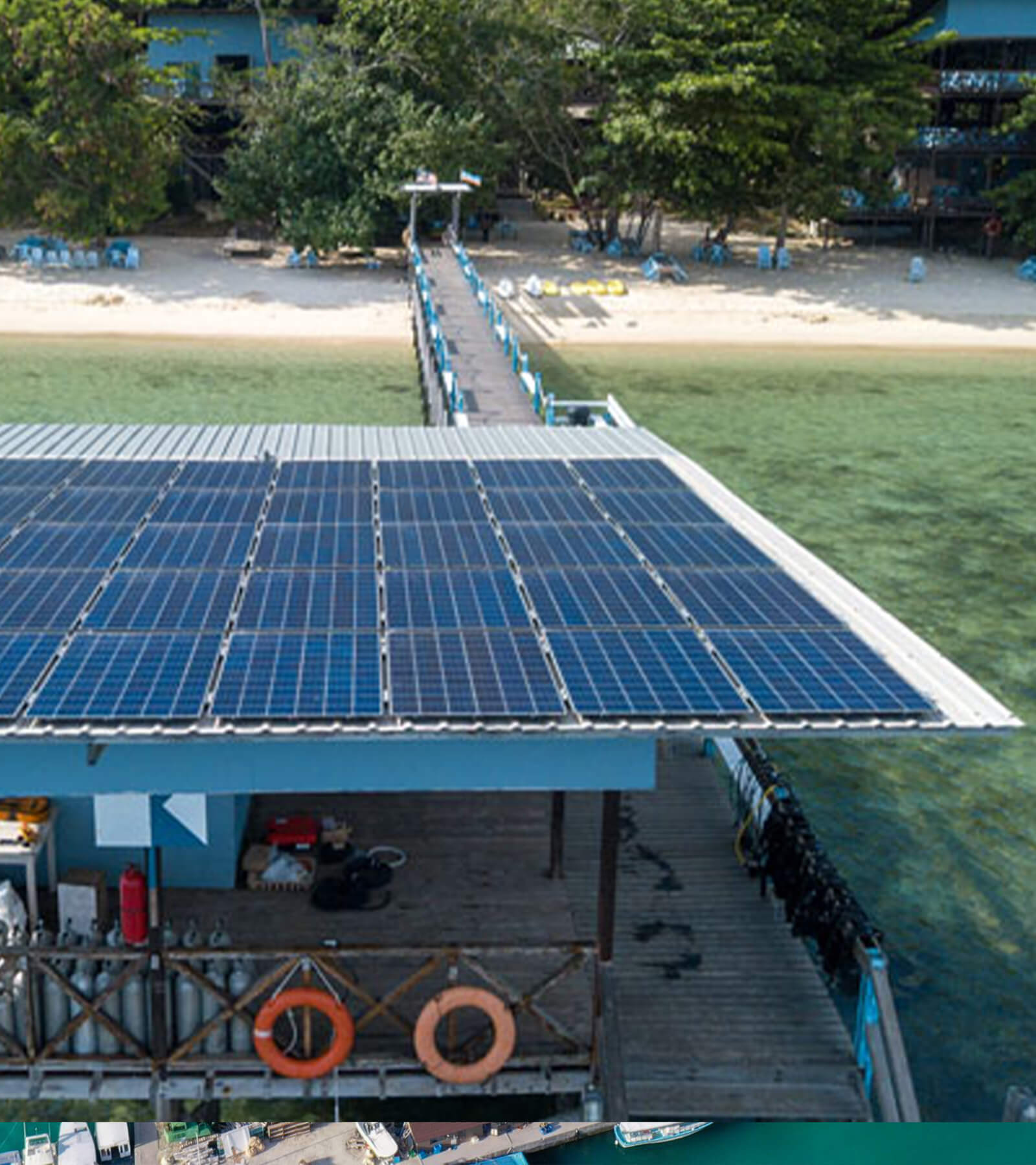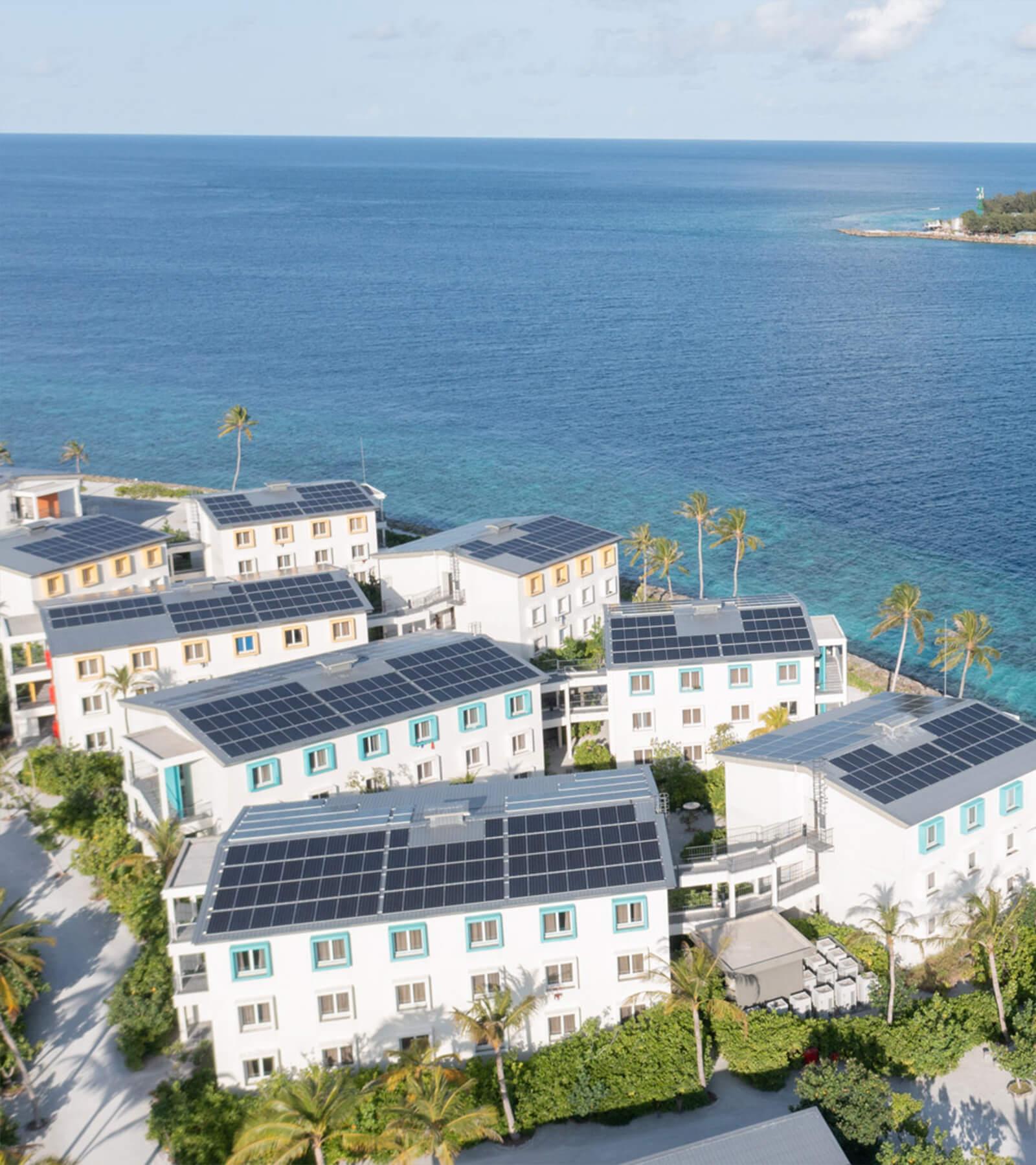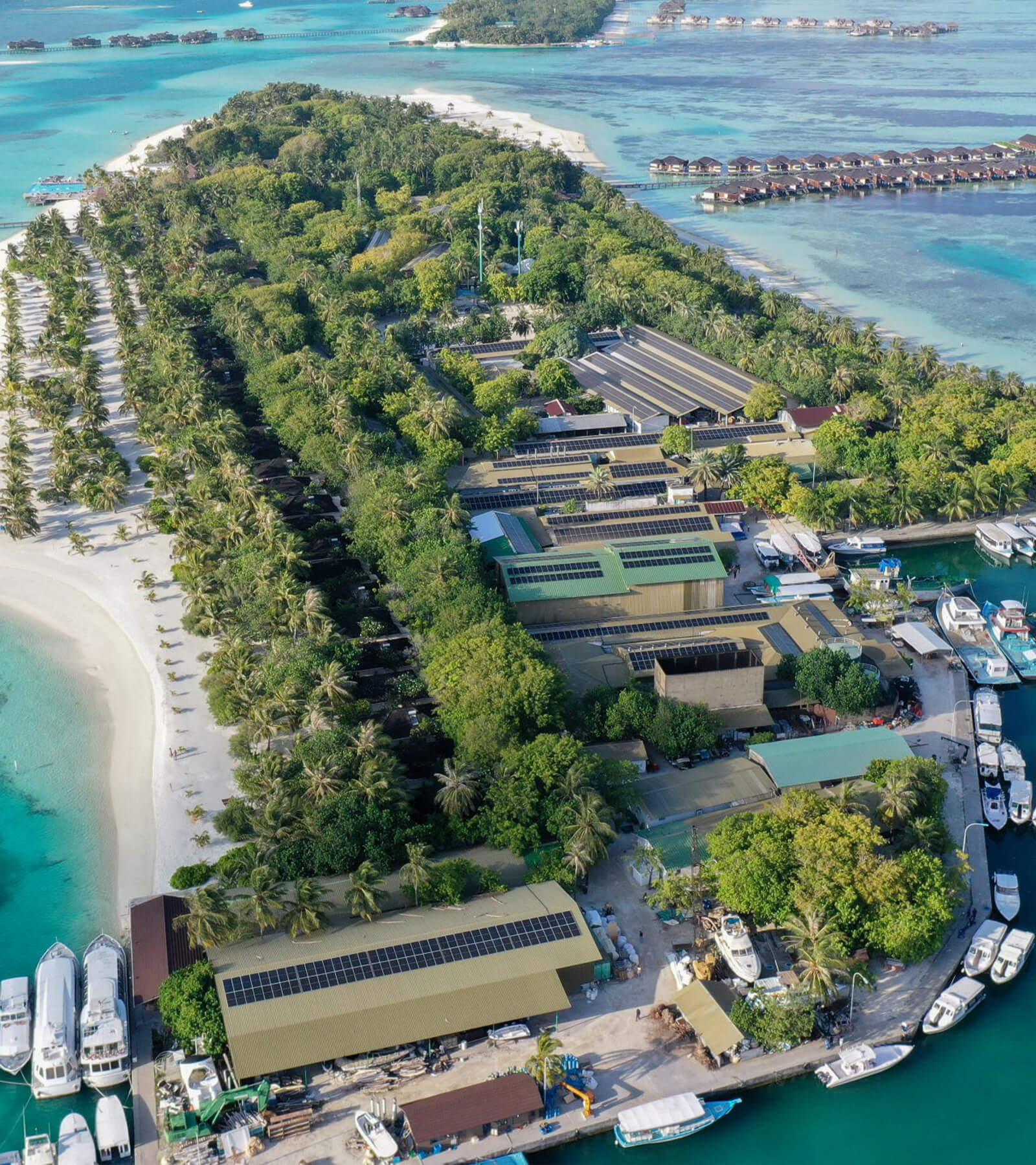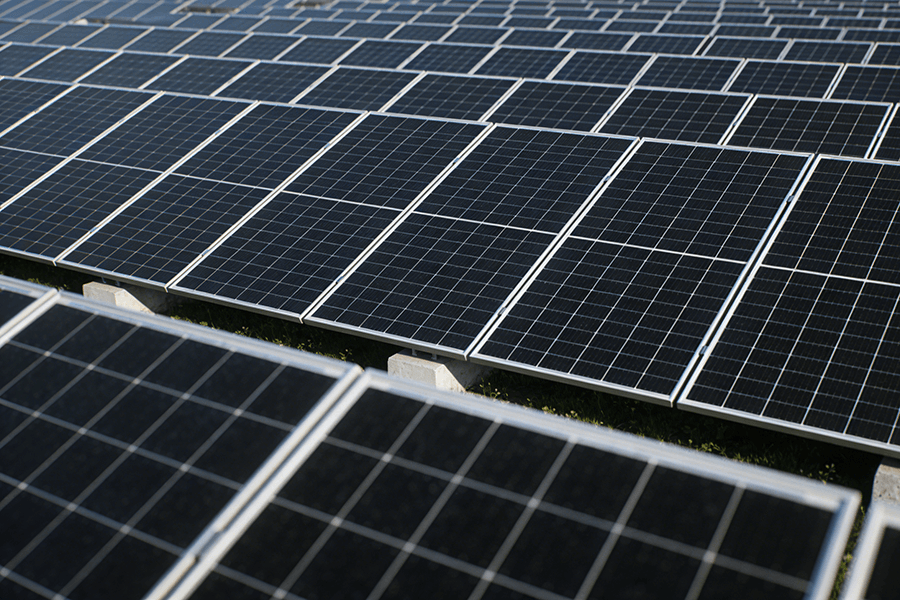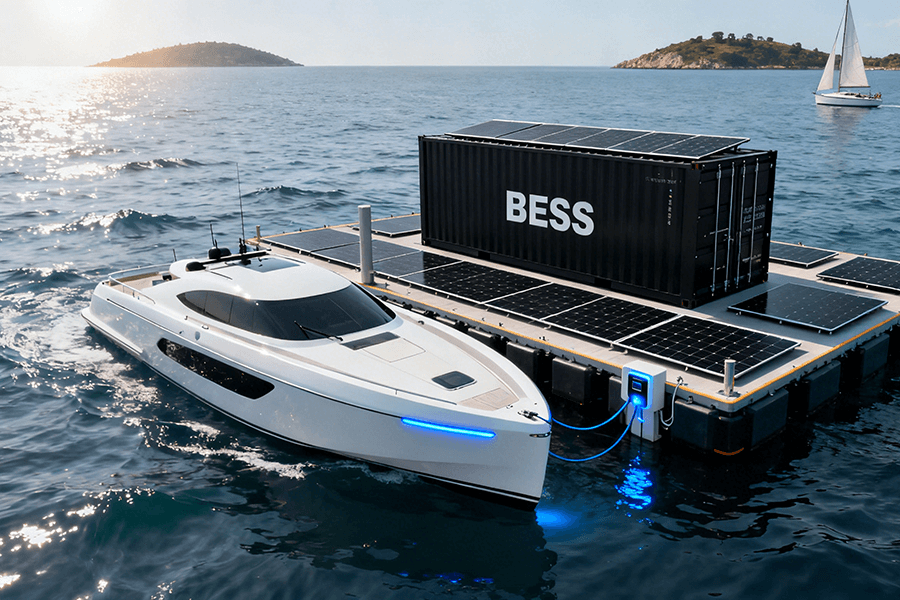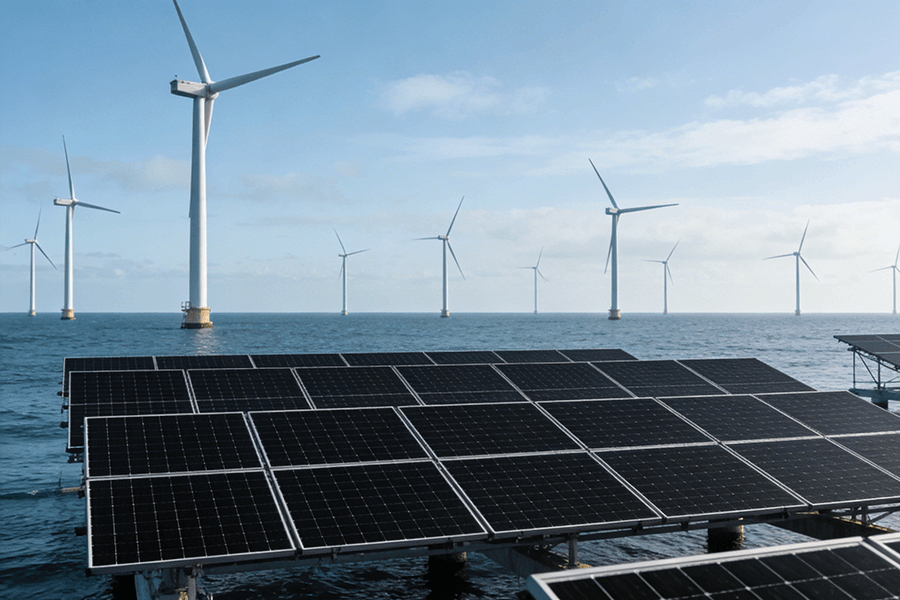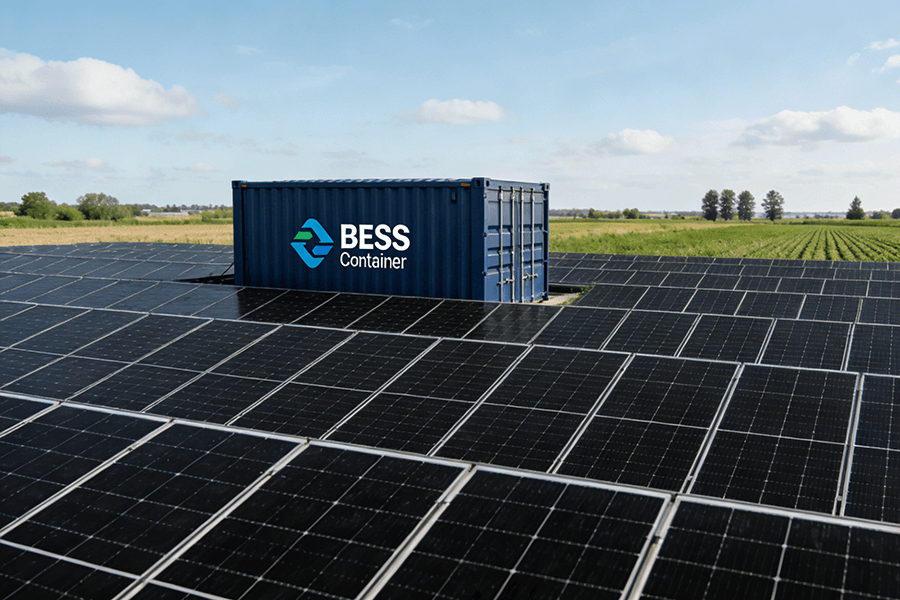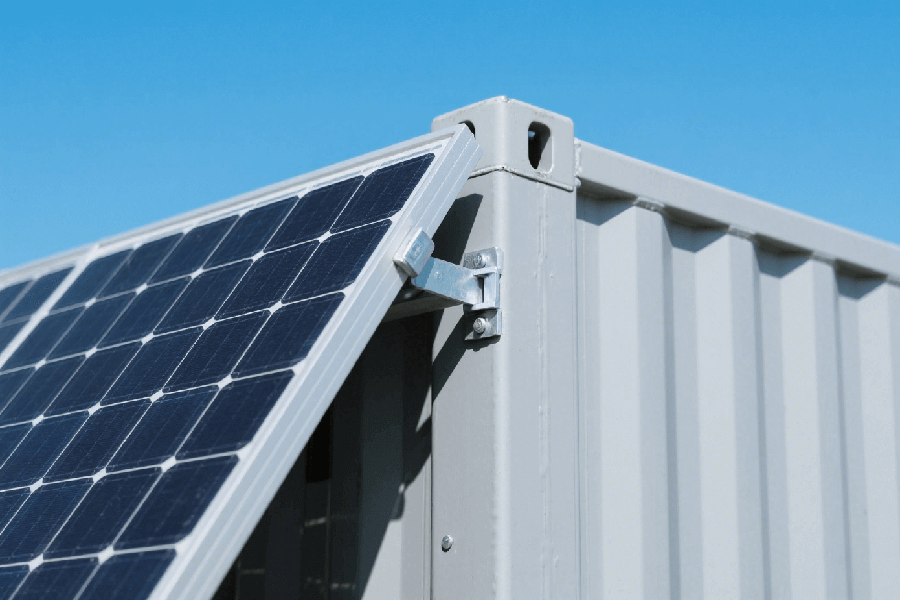
Introduction
Hey there, energy trailblazers! 🌟 Picture this: Spain has just flung open the doors to a staggering €700 million subsidy initiative—a veritable treasure chest brimming with opportunities for the renewable energy sector. This isn’t booty for swashbuckling pirates; it’s a golden opportunity tailor-made for you, the innovators and investors shaping the future of energy storage.
Program Overview at a Glance
| Aspect | Details |
|---|---|
| Total Funding | €700 million |
| Application Deadline | July 15, 2025 |
| Target Capacity | Aims to energize 2.5–3.5 GW of energy storage projects |
| Focus Area | Standalone Battery Energy Storage Systems (BESS) in containerized formats |
This groundbreaking grant program isn’t just about dishing out cash—it’s a strategic leap towards a sustainable energy future. It’s the European Union’s way of waving a green flag, signaling a clear endorsement for initiatives that revolutionize how Spain stores and deploys electricity. Whether you’re a battle-tested developer with a portfolio of successful projects or a fresh-faced newcomer brimming with innovative ideas, this is your chance to transform blueprints into operational powerhouses.
Why does this matter? For starters, it’s the largest storage grant in EU history, setting a new precedent for public-private collaboration in the renewable energy space. It represents a monumental investment in grid resilience, enabling Spain to integrate more intermittent renewable sources like solar and wind into its energy mix. Miss out on this opportunity, and you might just find yourself rueing the day—much like someone who lets the last slice of savory paella slip through their fingers at a lively Spanish fiesta! 🥘 Don’t let this chance to be at the forefront of Spain’s energy transition pass you by.
Core Analysis 1: Eligibility Criteria – Who Gets a Slice of the Pie?
Standard BESS: The Bread and Butter
Let’s cut to the chase: money talks. For standard Battery Energy Storage System (BESS) setups, the subsidy stands at a tidy €250 per kWh. To put this into perspective, it’s comparable to getting a 20% discount on a Tesla—attractive, but not the most eye-catching deal in the market. However, here’s the catch: it forms a solid baseline for your project.
If your BESS project is straightforward, built on reliable technology, and ready for immediate implementation, this subsidy serves as your starting point. It’s designed to support projects that focus on the core functionality of energy storage without complex grid integration requirements.
Grid-Forming Systems: The VIP Upgrade
Looking to take your project to the next level? Grid-forming systems are the unsung heroes of the energy grid. These systems play a crucial role in maintaining grid stability, especially during periods when renewable energy sources like wind and solar are intermittent—for instance, when the wind dies down or the sun sets.
For projects incorporating grid-forming technology, the subsidy increases to €300 per kWh. This higher incentive is the EU’s way of acknowledging and rewarding the vital contribution these systems make to keeping the lights on, even when Mother Nature isn’t cooperating. Grid-forming systems aren’t just advanced pieces of technology; they’re the backbone of a future energy landscape dominated by renewables. If your BESS project is designed to actively “lead” the grid, ensuring its stability and resilience, this enhanced subsidy is your well-deserved reward.
Hybrid Projects: Double the Benefits, Double the Love
Hybrid projects, which combine renewable energy generation with energy storage—such as solar farms integrated with BESS or wind turbines equipped to store excess power—receive special attention. Why? These projects offer a two-in-one solution: they generate clean energy and store it for later use, maximizing the efficiency and reliability of renewable energy sources.
The incentives for hybrid projects are both flexible and generous. Typically, they build on top of the base subsidy rates, providing additional financial support. It’s like ordering a delicious paella and getting a complimentary sangria—an offer that’s hard to resist. These incentives aim to encourage innovative projects that optimize the use of renewable energy, contributing to a more sustainable and integrated energy system.
Core Analysis 2: Application Roadmap – How to Avoid Facepalms
Deadlines: Mark July 15, 2025, in Neon
This isn’t a flexible submission process; July 15, 2025, is an immovable deadline. Any applications received after this date will be automatically disqualified, with no exceptions. To avoid last-minute stress and potential errors, we strongly recommend starting your preparation immediately.
While government processing times can be slow, your proactive approach can make all the difference. Consider creating a detailed timeline, setting smaller, manageable deadlines for each stage of the application process, and regularly reviewing your progress to ensure you stay on track.
Required Docs: Think of It as a Job Interview for Your Project
The documentation requirements for this subsidy application are comprehensive, designed to thoroughly evaluate the viability and potential of your project. Think of it as presenting your project to a meticulous grandparent—you need to provide clear, detailed, and convincing information. The essential documents include:
- Tech specs: Provide in-depth technical details about your battery energy storage system (BESS) project, including:
-
- Capacity: Clearly state the storage capacity in megawatt-hours (MWh) or gigawatt-hours (GWh).
-
- Efficiency: Explain the round-trip efficiency of your system, detailing how effectively it stores and releases energy.
-
- Lifespan: Outline the expected lifespan of the BESS, including any warranties or guarantees. Avoid vague statements; instead, back up your claims with data and industry-standard projections.
- Financials: Offer a comprehensive financial plan that demonstrates the economic viability of your project:
-
- Projections: Present detailed revenue and expense projections for the project’s lifecycle, including factors such as electricity sales, operating costs, and maintenance expenses.
-
- Budgets: Break down the total project cost, including capital expenditures (CAPEX) for equipment, installation, and infrastructure, as well as operating expenditures (OPEX) for ongoing maintenance and management.
-
- ROI (Return on Investment): Calculate and present the projected ROI, explaining how the project will generate returns for investors and contribute to the local and national economy.
- Compliance papers: Ensure you submit all necessary compliance documents to prove your project meets environmental, safety, and regulatory standards:
-
- Environmental checks: Provide environmental impact assessments, demonstrating how your project will minimize its environmental footprint and comply with relevant environmental regulations.
-
- Safety certifications: Submit safety certifications from recognized authorities, ensuring your BESS meets the highest safety standards and poses no risks to public health or the environment.
Remember, these documents serve as evidence of your project’s credibility and potential. The EU is committed to allocating its €700 million subsidy to projects that demonstrate a clear path to success, so take the time to prepare thorough, accurate, and compelling documentation.
Regional Cash: Andalusia Gets the Lion’s Share
The distribution of the €700 million subsidy exhibits significant regional disparities, tailored to leverage each area’s unique renewable energy potential:
Andalusia: The Renewable Energy Powerhouse
- Allocation: €311 million (44.4% of the total fund)
- Strengths:
-
- Boasts over 3,000 hours of annual sunshine, making it an ideal location for solar energy projects
-
- Home to large-scale solar farms such as the Andasol Solar Power Station
-
- Strategically located with access to major transmission infrastructure
Other Key Beneficiaries
| Region | Allocation | Renewable Energy Focus |
|---|---|---|
| Galicia | Significant | Wind Energy |
1,600 km of coastline with consistent wind speeds
- Existing offshore wind projects in the Atlantic Ocean
- Well-developed wind energy supply chain |
| Castilla-La Mancha | Substantial | Solar Energy |
- Vast, flat terrain ideal for solar panel installation
- Proximity to Madrid, reducing transmission losses
- Supportive local government policies |
Implications for Applicants
- Regional Advantage: Projects located in these regions inherently benefit from their area’s established renewable energy ecosystem.
- Application Strategy:
-
- Highlight how your BESS project will complement the region’s existing renewable energy infrastructure
-
- Emphasize the unique value proposition of your project, such as:
-
-
- Energy storage capacity and response times
-
-
-
- Integration with local grid infrastructure
-
-
-
- Potential for job creation and economic development
-
-
- Provide detailed technical and financial projections to demonstrate project viability
Regardless of location, a well-crafted application that clearly articulates the project’s benefits and alignment with Spain’s energy transition goals will significantly enhance the chances of securing a portion of the subsidy.
Case Study: How a 2025 Andalusian Solar Farm Nailed It
Let’s get real. Picture this: a 50 MW solar farm nestled in the sun-kissed landscapes of Andalusia, complemented by a cutting-edge 25 MWh Battery Energy Storage System (BESS) Container. This wasn’t just an ordinary application—it was a resounding success. Thanks to the substantial subsidy, their Capital Expenditure (CAPEX, or as developers colloquially refer to it, “big upfront costs”) plummeted by a staggering 40%. To put it in perspective, it’s akin to purchasing a luxurious mansion and getting an opulent pool thrown in for free.
The Winning Formula
So, how did they achieve this remarkable feat? They meticulously ticked all the essential boxes, demonstrating a comprehensive understanding of the subsidy requirements:
- Grid-Forming BESS: Their BESS was designed with grid-forming capabilities, ensuring enhanced grid stability and reliability. This feature is highly valued by the subsidy program as it contributes significantly to the overall resilience of the energy grid.
- Hybrid Setup: By integrating solar power generation with energy storage, they created a synergistic hybrid system. This setup maximizes the utilization of renewable energy, allowing them to store excess solar power generated during peak sunlight hours and discharge it during periods of high demand or when sunlight is scarce.
- Robust Application: Their application was a model of thoroughness and precision. It detailed every aspect of the project, from the technical specifications of the solar farm and BESS to the expected environmental and economic benefits. This level of detail and clarity undoubtedly impressed the reviewers and played a crucial role in securing the subsidy.
The Fruits of Their Labor
Today, this innovative project is reaping the rewards of its strategic approach. The BESS Container efficiently stores surplus solar energy during sunny days, safeguarding it for use on cloudy or overcast periods. When the grid needs additional power, the stored energy is seamlessly fed back into the system, generating a lucrative revenue stream for the project owners. It’s a win-win scenario: the grid benefits from increased stability and a reliable source of renewable energy, while the developers enjoy substantial financial returns.
In essence, the moral of the story is clear: adhere to the guidelines, meet the criteria, and the subsidy will follow. This success story serves as an inspiring example for other renewable energy projects, highlighting the potential for significant cost savings and financial success through strategic planning and meticulous execution.
Conclusion: Your Checklist for Winning (No Cheat Codes Needed)
Maximizing EU Grants: Do These 4 Things
- Go grid-forming: It’s the VIP pass—€300/kWh beats €250/kWh any day.
- Stick to 36 months: The EU wants projects built yesterday. Slowpokes need not apply.
- Dot the i’s: Messy docs = rejected apps. Hire a pro if you need to.
- Hybridize: Solar + storage = more cash, more impact. It’s a no-brainer.
Maxbo Solar: We’re Here to Help You Win
Now, let me introduce myself: I’m with Maxbo Solar (www.maxbo-solar.com), and we’re not just another solar company—we’re your secret weapon.
Ever built a project that can handle Andalusian heat, Galician rain, or coastal salt spray? Ours can. Our rooftop and off-grid systems are tough enough for a military base, with:
- PID suppression: Panels degrade ≤1% a year (your phone dies faster than that).
- IP68 waterproofing: Submerge ’em in 1.5m of water—they’ll laugh it off.
- Anti-reverse discharge tech: 95% efficiency, even at night.
We know the subsidy game inside out. Whether you’re chasing that €300/kWh grid-forming check or need a hybrid system that wows the EU, we’ve got the gear and the know-how.
So, what are you waiting for? The clock’s ticking on that July 2025 deadline. Let’s team up and turn your project into a success story. Visit www.maxbo-solar.com, and let’s get to work.

